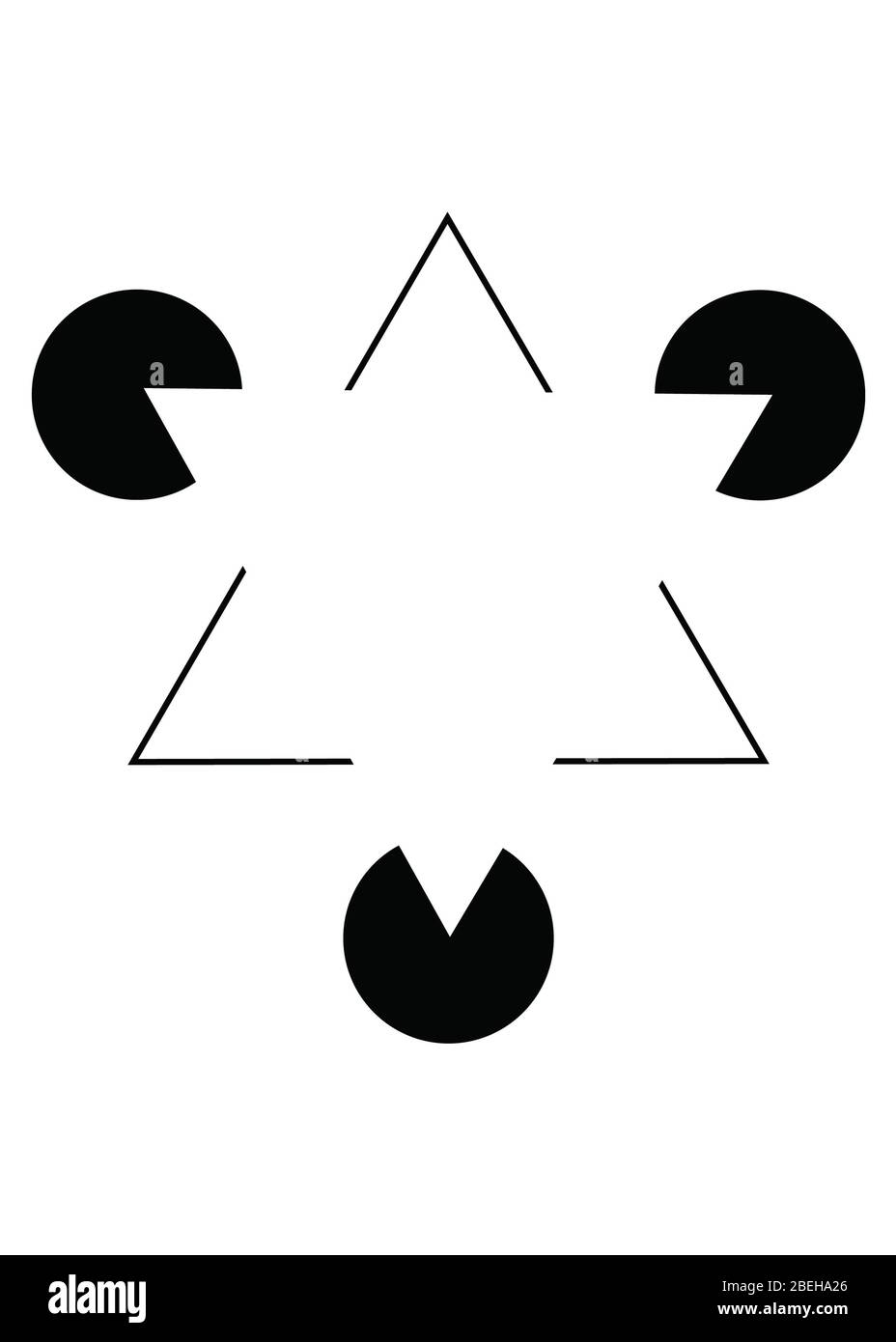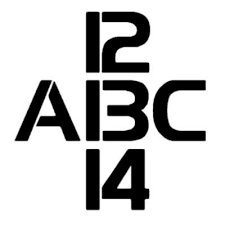Perception (AO1 & AO2)
1/19
There's no tags or description
Looks like no tags are added yet.
Name | Mastery | Learn | Test | Matching | Spaced |
|---|
No study sessions yet.
20 Terms
Define perception
how we organise, interpret and make sense of sensory information.
(It’s the combination of information received by a sense receptor(eyes, nose, ears, mouth, touch) which’s meaning is interpreted by the brain.)
Define sensation
the information received through the 5 senses
(basically the step right before interpreting/making sense of information, hence it can be said that perception is the interpretation of sensation)

Define a misinterpreted depth cue
interpreting a distance wrongly because of (unrequired) use of size constancy by the brain
Define size constancy
perceiving the size of something to be constant despite its distance away
Monocular VS Binocular depth cues
Monocular: using one eye to judge depth and distance
Binocular: using two eyes to judge depth and distance
Name the types of monocular depth cues
height in plane, relative size, occlusion and linear perspective
Describe ambiguous and fiction visual illusions
Ambiguity- when there’s more than one possible interpretations of the same image. E.g: duck-rabbit picture
Fiction- when something in the image is perceived although it isn’t there. E.g: Kanizsa triangles (the contour lines make it seem as though there are two triangles overlapping eachother)

Explain Gibson’s theory of perception
that all information we need to judge depth and movement exists in the environment; interpretation is unrequired. Claims that we are born with the ability to perceive the environment
Define optic flow patterns
A monocular depth cue that lets us know we are moving by recognizing that the destination, from the point of view, is stationary but everything else appears to ‘move away’ from it
Define motion parallax
A monocular depth cue for judging speed of movement; the closer and object, the faster it will appear to pass by
Gregory’s contructivist theory of perception
That we construct the world around us by making a guess about what we’re seeing. The guess is based on past experiences(inference). That our understanding of visual cues is learned from experience(nurture)
what’re the 2 binocular depth cues
convergence: the extent to which eye muscles have to work(point inward) in order to focus on objects (the nearer, the more eye muscles strain)
retinal disparity: the fact that the left and right eyes see slightly different view points/images of a focused point
What’re the factors that affect perception
motivation, expectation, emotion, culture
how does starvation affect perception of food?
It can be seen in Gilchrist et al’s study that hunger is a motivator to consume and desire food which makes the sole sight of it to look good, making the perception of it more appealing compared to no motivation for it due to satiety.
APRC of Gilchrist & Nesburg’s motivation study
Aimed to investigate whether food deprivation affects the perception of pictures of food. Participants were split into 2 groups: one deprived of good for 20 hours and a control group(not hungry). They were shown 4 slides of different meals, each displayed for 15 seconds. They were told that this was a matching pictures exercise. The slides were presented for a second time, except, this time, participants were asked to adjust the lighting so that the pictures are as bright as they looked the first time the images were put up. They found that participants deprived of food perceived the pictures brighter than the control group. This shows that being deprived of food increases perceptual sensitivity and that hunger is a motivating factor that influences how food is perceived.
APRC of Bruner and Minturn’s expectation study
Investigated whether expectations affects perception. They spilt participants into 2 groups/conditions: one shown a sequence of numbers, another shown letters. Afterwards, they were both presented an ambiguous image where the letter in the middle could either be read as the letter ‘B’ or number ‘13’. Participants drew what they saw. Results showed that the condition who were presented with letters were likelier to see ‘B’, whilst the condition with numbers saw ‘13’. They concluded that people will perceive things according to what they expect to see.

APRC of McGinnie’s emotion and perception study
Investigated whether things that cause anxiety are less likely to be noticed than things that are emotionally neutral. 16 students (half male half female) were shown a series of words flashed up on a screen. Some were ‘neutral’ words, like ‘apple or ‘dance’ while others were offensive and emotion invoking like ‘bitch’. All participants saw the words one at a time and were told to say it out loud as soon as they saw it. Their level of emotional arousal was measured using a GSR, which records electrical changes on the surface of the skin which are caused by emotional agitation. McGinnies found that participants took longer to recognise offensive words rather than neutral ones. Also, the GSR displayed greater changes in emotional arousal produced by the ‘taboo’ words. He concluded that words which are associated with being ‘taboo’ slows down the recognition of words due to a higher level of anxiety facing them. He called this perceptual defense: that the brain blocks out offensive or embarrassment/anxiety invoking information.
Define perceptual set
The tendency to prefer or notice certain aspects of the sensory environment and ignore others.
APRC of Hudson’s study of culture as a factor affecting perception
Hudson studied whether perception of information in a picture is different, depending on cultural background. 2-D drawings of an antelope, an elephant, and a man with a spear were displayed to people from different cultures and educational backgrounds: black South Africans, who were either schooled or unschooled and white South Africans either school or unschooled. Hudson asked participants the three following questions concerning the image: 1) what do you see? 2) What is the man doing 3) Which is near the elephant or antelope school participants? Both black and white schooled participants were more likely to perceive the antelope is nearest than the unschooled, who would say elephant. Also, white school participants were more likely to perceive depth than black schooled. Concluded that cultural differences affect perceptual set.
Define and name the types of interviews(a self-report method)
the interviewer and interviewee talk in real time: structured, unstructured and semi-structured (all relate to whether questions are prepared/structured prior to interview. Includes follow up questions, depends for semi-structured)